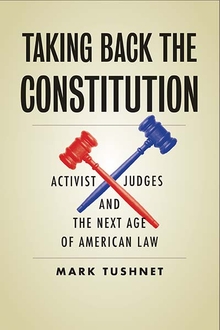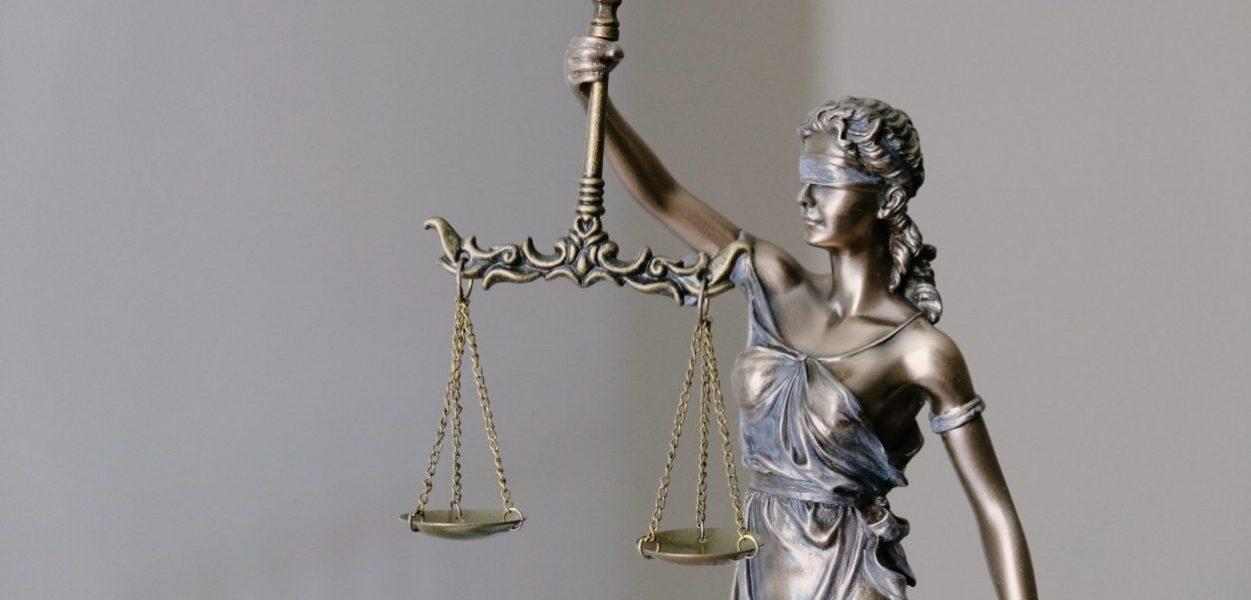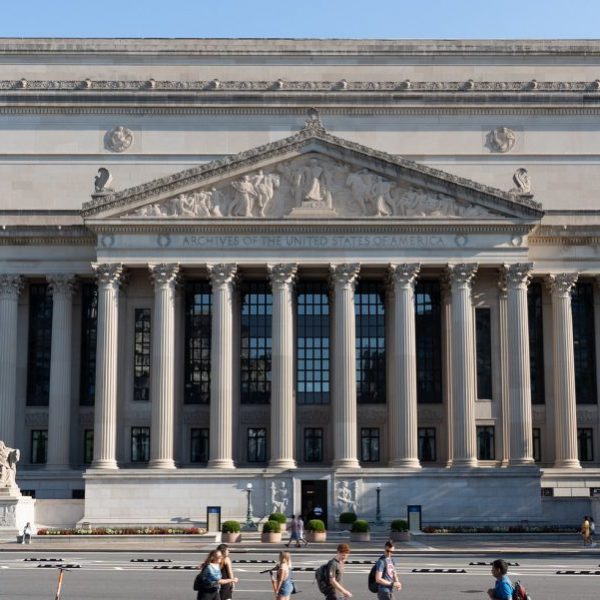What Kinds of “Supreme Court Reform” Could Rebalance the Supreme Court?
Mark Tushnet—
Progressives both in Congress and outside it have begun to talk seriously about “Supreme Court reform” in the aftermath of Justice Ruth Bader Ginsburg’s passing and her replacement—as it now seems—by Judge Amy Coney Barrett. Discussions have focused on three possible methods of “rebalancing” the Supreme Court: enlarging it (“Court-packing”), limiting its authority to hear specific cases or categories of cases (“jurisdiction stripping”), and term limits for the Justices. Although I am on record as favoring the first and third, none are likely to be enacted—but actual enactment might not matter, as I’ll explain.
The obstacles to enactment arise from the interaction of several features of our constitutional and political system. Two conditions predicate any “reform” at all: Democrats must win the presidency, get a majority in the Senate, and retain their majority in the House of Representatives; and, because Court reform will face essentially unanimous Republican opposition, the Senate would have to eliminate the filibuster either generally or for Court-reform legislation only.
Then there are the problems with the proposals themselves. Surveys suggest that the general public favors term limits for justices, probably because they are familiar in state courts and because the idea of term limits for legislators and governors has widespread support. Jurisdiction-stripping is unfamiliar, but surveys suggest that the public is nervous about Court-packing (though to my surprise somewhat less nervous than I would have thought). So, from a political point of view, it should be easier to enact term limits than expand the Supreme Court.
But there’s another political concern: getting some benefit from the change relatively quickly. (This is sometimes described as the concern that American citizens expect Congress to answer the question, “What have you done for me lately?”). Packing the Court—for example, adding four additional justices—pays off right away. The payoff from the most plausible form of term limits occurs rather far in the future. The Constitution says that judges hold their offices “during good behavior,” which everyone understands to mean “for life.” Maybe you can set things up so that newly named justices are appointed to offices defined as “Supreme Court justice for eighteen years and a judge on the court of appeals thereafter.” But that doesn’t get you anything right away, and whatever you get comes in drips and drabs as justices retire or pass away. So, on this political dimension, politicians would prefer Court-packing over term limits.
What about jurisdiction-stripping? It turns out that it’s really difficult to draft a statute that actually keeps the Supreme Court from deciding cases, say, involving restrictions on access to abortion or restrictions on gun rights. Experience with jurisdiction-stripping statutes aimed at broad subject matters has shown that every form of words that you come up with can be construed quite narrowly. And the construction would be in the hands of the very Supreme Court that’s the target of the legislation. (Congress probably can insulate specific provisions of newly enacted statutes from Supreme Court review, but that’s not going to satisfy the political forces that want to limit the Court’s power.)
Looming over all this is the Constitution. Although I think that Congress can use its power to define the “office” a justice holds to include a term limit, there’s a significant counterargument that relies on the specific wording of the Appointments Clause of Article II, which distinguishes between “judges of the supreme Court” and “other Officers” (which includes lower court judges). There’s a large body of scholarly literature on jurisdiction-stripping, and the consensus is that it’s constitutionally problematic to treat some constitutional provisions—those the Court can’t deal with—worse than others, and more broadly that Congress can’t destroy what leading scholars have called the Court’s “essential function” in our constitutional plan, which includes deciding nearly all constitutional questions. And, though the Constitution doesn’t set the size of the Supreme Court, which has varied over time, it’s not difficult to come up with an argument that, at least since the failure of FDR’s Court-packing proposal in 1937, we have an enforceable “convention” or “norm” that Congress can’t manipulate the Court’s size merely for political purposes (though it could do so for “good government” purposes).
When you put all this together and realize that if Democrats are in a position to enact Court-reform legislation then they’re also in a position to pass a lot of other statutes—environmental laws, civil rights laws, regulations of police conduct, tax laws, health-care laws, and more. The political difficulties with Court-reform legislation will probably make it a low-priority item. Of course, that might change if the Supreme Court actually held unconstitutional one of those higher-priority items.
And that leads to the final point. There’s a fair amount of evidence from political scientists that the Court responds to threats even if those threats aren’t carried out. The larger the number of bills aimed at “reining in” the Supreme Court merely introduced, the more likely it is that the Court will actually rein itself in. The mechanism is probably that one or two justices step back from the positions they’d occupied and defuse the tension. Whether we can find two justices on the post-Ginsburg Court who would do that is of course something we can’t know in advance.
The bottom line is that we’ll probably see a flurry of talk about Supreme Court reform, some moves toward enacting some reform legislation, but no significant new statutes. But we might also see the Supreme Court itself not being quite as conservative as progressives understandably fear.
Mark Tushnet is William Nelson Cromwell Professor of Law at Harvard Law School. His previous books include Why the Constitution Matters and In the Balance: Law and Politics on the Roberts Court.
Further Reading:



























